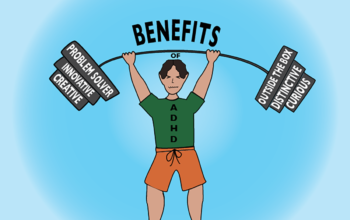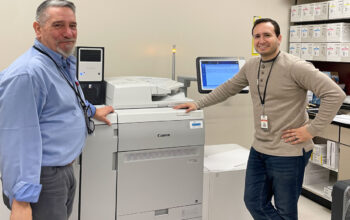
Emma Hutchins
Features Editor
Besides the usual array of backpacks, totes, and athletic equipment that students carry in the mornings, caramel frappachinos and espressos have become a staple in the hallways and upperclassmen’s cars.
“I would say easily more than half the school drinks coffee — mostly for the caffeine and taste,” junior Keri Lloyd said, who sips coffee up to four times a week. “My favorite kind of coffee is hazelnut iced coffee with milk. I generally don’t like the taste of coffee, but I like this kind for the sweetness.”
But this coffee trend is not unique to NCHS. According to the National Coffee Association, the young adult consumer group is growing in importance and numbers.
With crammed schedules and heavy course loads, many students have begun looking to coffee as a source of energy. “What I look for in coffee is the energy it gives me in the morning when I’ve stayed up too late studying,” junior Graham Bradley said. “I drink coffee because I enjoy the taste of it and it wakes me up when I’m tired.”
Some students prefer to brew their own coffee at home, especially because according to the United States Bureau of Labor Division of Consumer Prices, coffee is one of the less expensive household beverages. “I usually make my coffee from my coffee maker at my house,” Graham said.
But when students do explore coffee shop options, they often consider pricing. “While I might look at Starbucks for a high quality, I also like Zumbach’s because they have good, cheap choices,” Keri said.
Still, there seems to be a variety of criteria students look for in an ideal coffee shop setting. “I look for the aroma of the store, if the menu is easy to read, if the general mood is welcoming, and if it has iced coffees,” sophomore Tucker Iida, who drinks coffee every other day, said.
However, kids aren’t the only ones taking advantage of coffee’s caffeine boosts. Teachers also see the benefits of coffee drinking. History teacher Bob Stevenson, who drinks three cups a day, does so in order to stay awake for his toddler. “I didn’t drink coffee for ten years until I had my baby,” he said. “I don’t like the taste, but I want to stay up in the afternoon to play with her.”
Despite some apparent advantages of drinking coffee, health professionals are torn over the adverse effects of adolescents and young adults consuming too much caffeine.
Besides the mood boosts and increased alertness, caffeine is a stimulant and can cause addictions, which have launched terms like “java junkie” and “caffeine crazed” into common lexicon. As with any addiction, there can be negative withdrawal symptoms including headaches and noticeable irritability.
Health teacher Kim Palmer also discussed some of the drawbacks of using drugs like caffeine for an extra burst of energy. “Caffeine basically produces alertness and can give people an extra edge to perform tasks,” she said. “But the downside is you may be actually burned out, and need to rest or you could get sick.’
Coffee has a large share of caffeine. According to an MSNBC report on adolescents drinking caffeinated beverages, “A 16-ounce Starbucks coffee has about 320 milligrams of caffeine. It would take more than nine 12-ounce Cokes to get that much caffeine from soda.”
Yet many students seemed apathetic to the numerous health concerns that a steaming latte can invite. “I don’t really care about the negative health effects of coffee,” Tucker said. “Scientists say that it stops growth and makes your teeth turn brown and yellow, but…I floss and brush my teeth, so I’m not really worried.”



